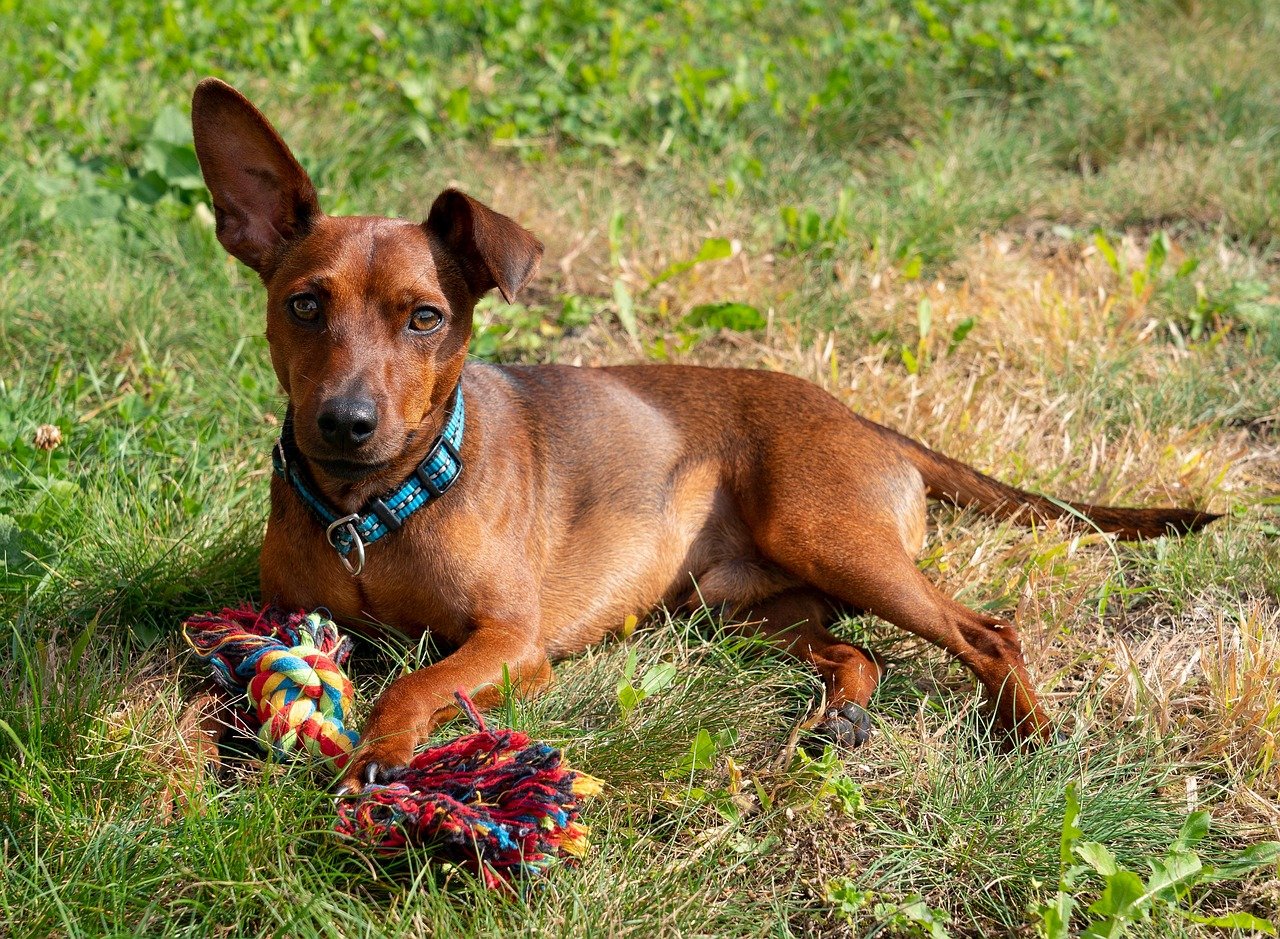Ever been shocked by the fiery spirit packed into a tiny dog’s body? You’re not alone! While many small breeds make charming lap companions, some have a reputation for being as feisty as they are adorable. Sometimes, these little powerhouses surprise us with their bold attitudes and big voices. But what’s behind that “small but mighty” behavior? Let’s dive into the world of pint-sized pups with larger-than-life personalities, backed by real behavior reports and stories from folks who love them—quirks and all.
Chihuahua

Chihuahuas are famous for their fierce loyalty and spunky attitude. They might weigh less than a bag of sugar, but they’ll stand up to dogs five times their size. Many owners notice their Chihuahua’s tendency to snap or bark at strangers, especially when they feel their person is threatened.
This breed often bonds strongly with one person, showing protectiveness that’s sometimes mistaken for aggression. Watch for body language cues like stiff tails, bared teeth, or tensed muscles. Early socialization and gentle, consistent boundaries work wonders to help Chihuahuas feel safe and settle down.
Dachshund
Dachshunds may be small, but their boldness knows no bounds. Originally bred for hunting badgers, they’re naturally fearless and sometimes quick to use their sharp little teeth if startled or challenged. Many dachshund parents have stories of their dog barking at delivery drivers or chasing after much larger dogs in the park.
Signs of aggression can include persistent barking, lunging, or even guarding toys and food. Training with positive reinforcement and giving them plenty of mental stimulation helps prevent problem behaviors. Remember, their bark is often bigger than their bite, but it’s still important to set clear expectations.
Jack Russell Terrier

With boundless energy and intelligence, Jack Russells are a whirlwind in a compact package. Their assertive nature can turn into aggression if they’re bored or not exercised enough. These terriers need a job—without one, they might nip, snap, or bark excessively to release pent-up energy.
Look for cues like intense staring, raised hackles, or growling during play. Prevention is all about activity—daily walks, games of fetch, and puzzle toys are your best friends. Socializing early and often helps them learn that not every stranger is a threat.
Pekingese
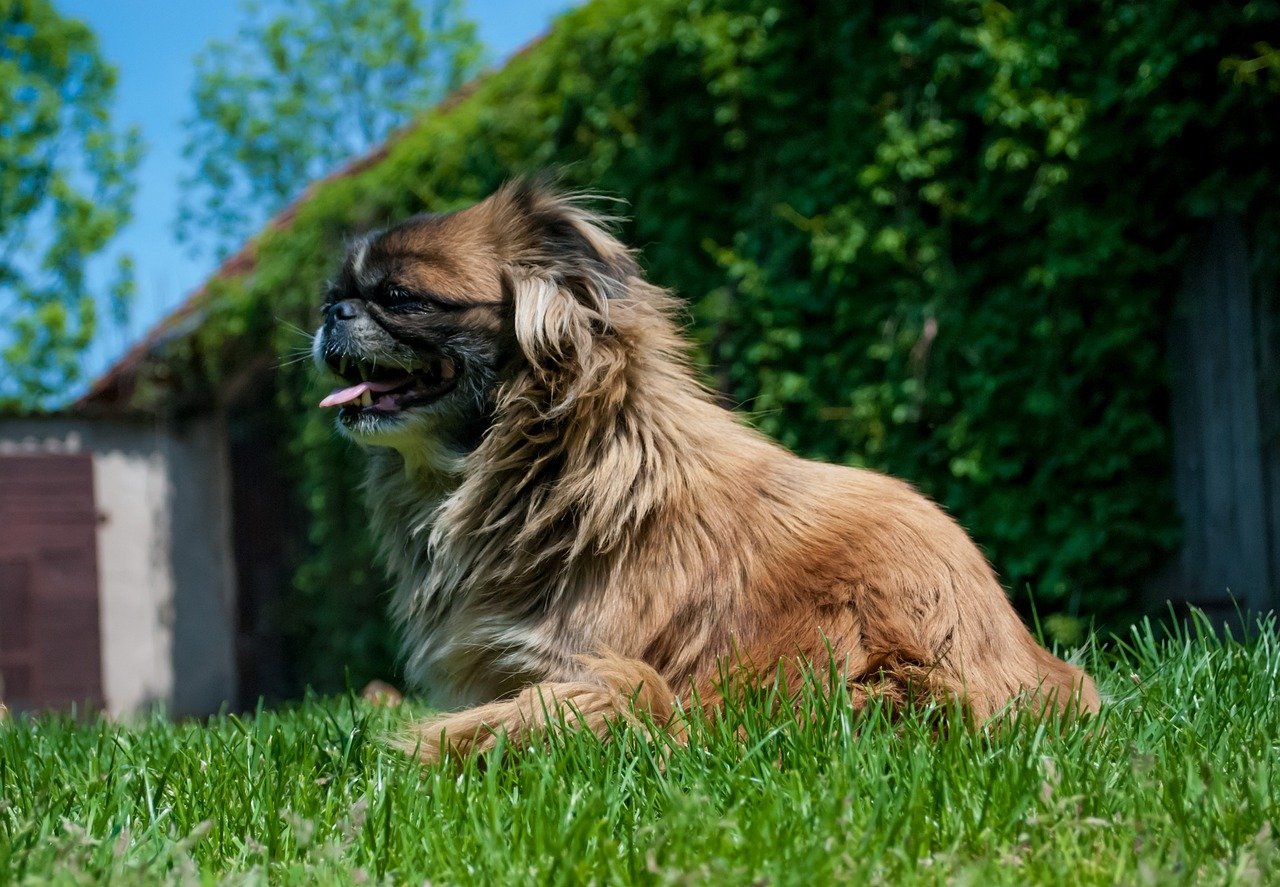
Bred as royal companions in ancient China, Pekingese have a proud, dignified streak. They can be stubborn and willful, sometimes reacting defensively if they feel disrespected or mishandled. Their dramatic “lion’s mane” matches their regal attitude!
Aggressive tendencies often show up as guarding behavior—protecting their food, toys, or favorite spot on the couch. Always approach a Pekingese with gentleness, and teach children to respect their space. With patience and routine, they can be wonderful, loving companions.
Miniature Pinscher
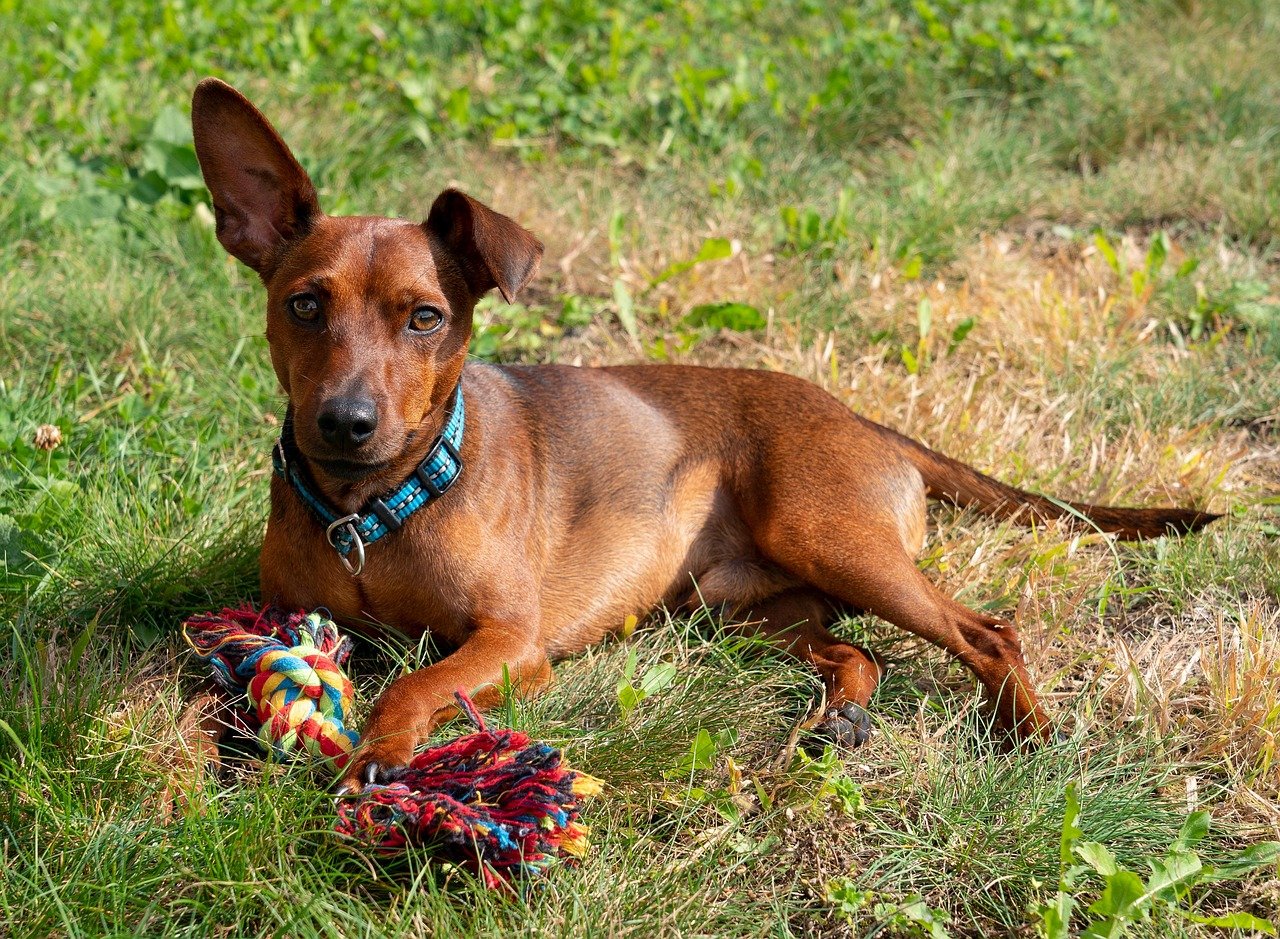
Don’t let their tiny size fool you—Miniature Pinschers have a reputation for being fearless watchdogs. Their alertness makes them quick to react with barking or snapping if they sense something unusual. They’re natural leaders and sometimes push boundaries to test their owners’ resolve.
Common aggression cues include stiff postures, direct eye contact, or sudden lunging. Consistent training and clear leadership are key. Make sure to expose them to new people and places from a young age to build their confidence in the world around them.
Papillon

Papillons are known for their butterfly-shaped ears and cheerful personalities, but they can get snappy when startled or overwhelmed. This breed is highly alert, and their sensitive nature means they sometimes react quickly to perceived threats.
Watch for warning signs like trembling, lip curling, or hiding behind their owner before barking or nipping. Gentle handling and slow introductions to new situations help reduce anxiety-based aggression. Positive training builds trust and helps them shine as the bright, loving companions they truly are.
Scottish Terrier
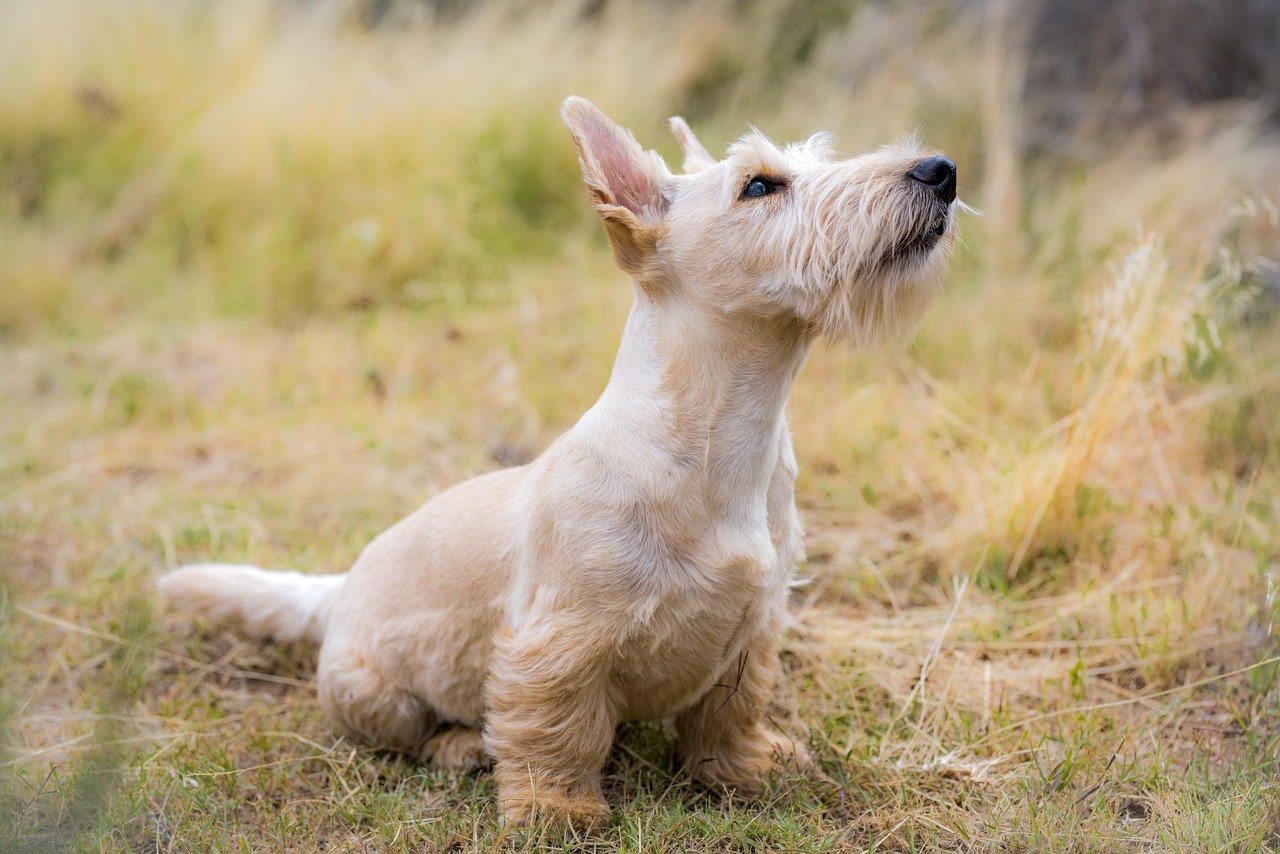
Scottish Terriers have a reputation for being dignified, independent, and sometimes a bit aloof. Their hunting background means they’re quick to chase and sometimes quick to snap if their boundaries are crossed. They can be territorial, especially around other dogs.
Aggressive signals include growling, rigid body language, or guarding favorite toys. Early socialization and clear, fair discipline are essential. Give them plenty of outlets for their energy—like digging in a sandbox or playing scent games—to keep them happy and balanced.
Cocker Spaniel

Cocker Spaniels may look sweet and gentle, but they can become defensive if startled, especially if they’ve had negative experiences in the past. Some lines are prone to “Cocker rage,” a rare but serious behavioral issue involving sudden aggression.
Common triggers include sudden movements or rough handling, so it’s important to approach them calmly. Recognize subtle cues like lip licking, yawning, or avoidance before things escalate. Consistent routines, gentle handling, and lots of positive reinforcement are your best tools.
Boston Terrier
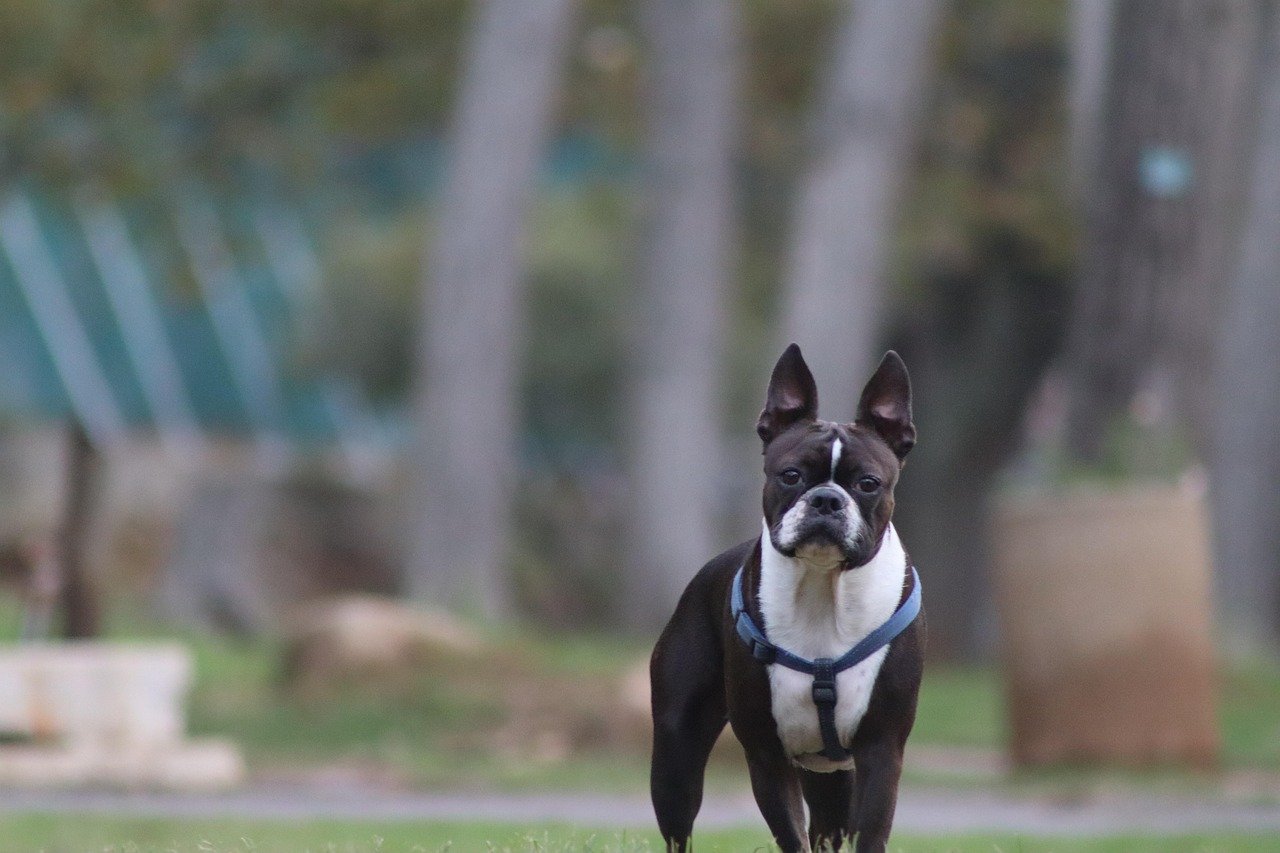
Boston Terriers, with their tuxedo coats and soulful eyes, are often described as clowns. But they can become territorial and protective, leading to aggressive outbursts if they feel their space or family is threatened. They’re known to nip when overstimulated or anxious.
Look out for warning signs like stiff body, growling, or sudden barking at visitors. Socialization and training from puppyhood can help nip unwanted behaviors in the bud. Giving them a safe, quiet retreat to decompress avoids overstimulation and keeps everyone happy.
Toy Poodle
Toy Poodles might be best known for their intelligence and elegance, but they can also become snappy if handled roughly or if they’re feeling scared. Their sensitivity means they pick up on the smallest changes in their environment, which can make them reactive.
Aggressive behaviors often show up as barking, growling, or even biting, especially if they feel cornered. Prevention starts with gentle, positive interactions and lots of mental challenges—think training games and puzzle toys. With understanding and patience, Toy Poodles thrive and show off their gentle, loving side.

Esther is from India; the heartbeat of South Asia, holding a Master’s degree in Zoology and a postgraduate diploma in Animal Welfare. Her enthusiasm for animal welfare drives her passion and dedication to working for animals, ensuring their well-being, and advocating for their rights. With a solid academic background and hands-on experience, she is committed to making a positive impact in the field of animal welfare. In her free time, she enjoys embroidery and sewing. As a Chennaite from Tamil Nadu, Esther loves Bharathanatyam, an Indian classical dance form.

